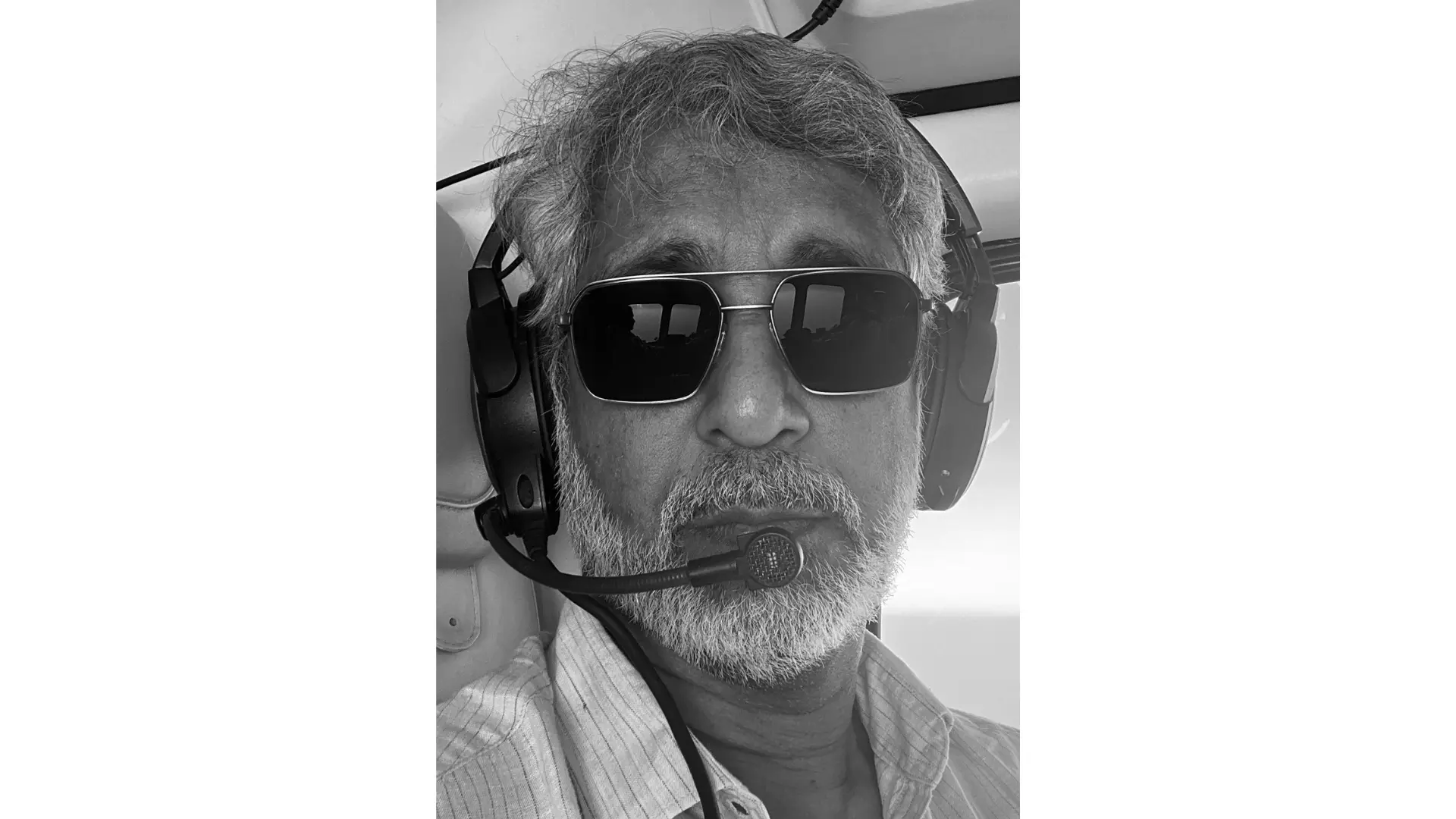Telangana hospitals face a logistical nightmare
Health minister has instructed officials to provide proper treatment in isolation wards.

Hyderabad: State health department officials were on Thursday instructed to gear up for treatment of possible novel coronavirus (2019-nCoV) patients after the first case was reported from Kerala. Health minister Etala Rajendar said everyone who arrived in the state since the outbreak of the disease in China must be kept under observation and surveillance for possible symptoms, including members of families these individuals.
He instructed the department to be prepared fully to provide care for possible victims and proper treatment in isolation wards.
This might be easier said than done with the prospect of logistical nightmares, given the state of facilities available at the designated hospitals in the city. In the four hospitals identified so far for treating possible 2019-nCoV cases, the plan involves housing the patients in isolation wards, in buildings that are separated from the main hospital structures where most diagnostic facilities are housed.
This could mean moving patients into the main building for simple things like a chest x-ray unless the isolation ward has a machine. Then there is the issue of containment of possible spread of the virus from a patient, especially when performing what are called ‘aerosol generating procedures’.
According to the guidelines issued by Union health ministry, “adequately ventilated single rooms — meaning negative pressure rooms (rooms where the atmospheric pressure is less than other rooms to prevent air from the ward to escape and air from the room is channelled through a filtration system before being allowed to escape into the atmosphere) — with a minimum of 12 air changes per hour or at least 160 litres/second/patient in facilities with natural ventilation,” should be used while performing aerosol generating procedures such as open suctioning of the respiratory tract, intubation, bronchoscopy, cardiopulmonary resuscitation.
While the guidelines state that such air circulation management should be practiced “whenever possible”, the designated hospitals reportedly do not have negative pressure rooms or wards for such procedures. It could not be confirmed if any airflow modeling was performed with respect to the second option to establish whether the required levels of air exchange occurs in the designated wards.
“Our isolation wards are well ventilated and well lit which are enough. In the event of acute distress of a patient, then we can shift the person to the ICU in the hospital,” a health department official said. There was no clarity on whether separate ICUs will be designated to treat coronavirus patients or whether they would be clubbed with other patients.
Meanwhile, a specialist in infectious diseases said it would be preferable to “err on the side of caution,” especially when performing the specific procedures. “Our current understanding is that the disease spreads through droplets, a situation that can be managed with thorough personnel safety and disinfectant procedures. India follows the World Health Organisation guidelines on these issues which are designed for developing and under developed countries. The US follows its Centres for Disease Control guidelines that call for more stringent systems,” the specialist said.

